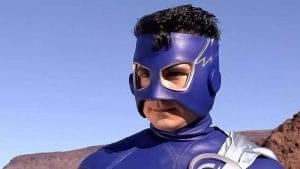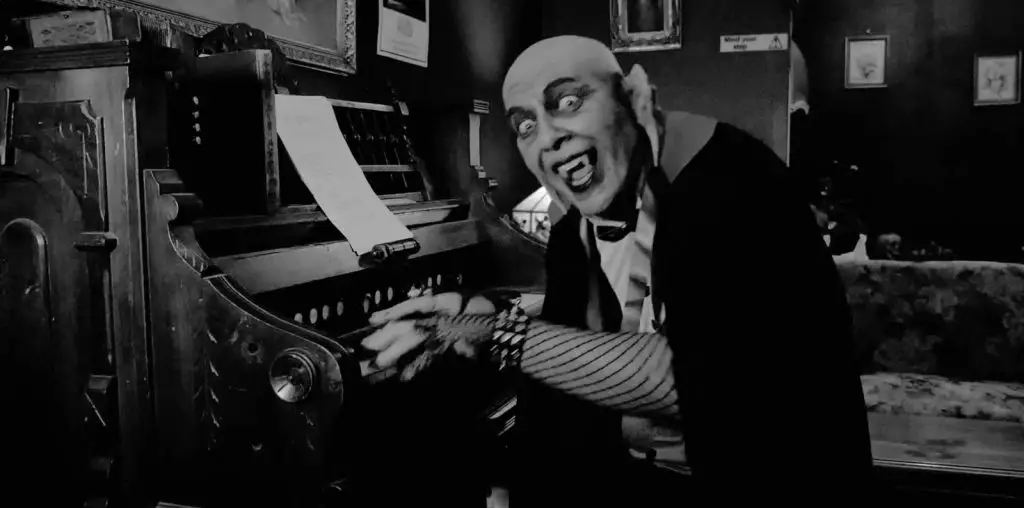
Sequels can be tricky to pull off. On the one hand, filmmakers want to give audiences a reason to return to characters or a world they love, while simultaneously expanding that universe and ensuring character growth; in a way that is still accessible to those who may not have seen the original. On the other hand, this typically results in sequels being rehashes of the first installment, with the same plot points being recycled with nary a change, and characters restarting the same emotion or psychological journeys we’ve already seen them experience.

“Sequels can be tricky to pull off.”
Take, for example, Ghostbusters II, which breaks up Bill Murray’s Peter Venkman and Sigourney Weaver’s Dana Barrett just so the audience can watch them flirt back and forth like in the first one. On top of that, the team is no longer together because every person present for the ending of the first one either forgets or believes it was some kind of hoax. None of these decisions make a lick of sense from the vantage point of an audience member. We enjoyed those characters, sure, but what is new about them? Why are we following them again? Why is every resident of New York unable to recall a major disaster? Of course, Ghostbusters II is considered a somewhat disappointing sequel, even though it was a big box office hit.
Belated sequels are another matter entirely, as they run an even higher risk of redundancy or pointlessness. Wall Street is a fantastic portrait of what makes a good man corrupt and Wall Street: Money Never Sleeps was released twenty-three years later. Not a terrible idea as the world, economy, and view of Wall Street traders has changed so much since 1987 that a new perspective on how these people live with themselves after the housing market crash in the 2000s could be interesting. But it does not acknowledge that nor the Occupy Wall Street movement. Instead, it told the same story, only with a happier ending. If all that was going to happen was some cosmetic, technological updates to the way the trades happen, all centered around paper-thin characters, why even bother?
None of this is to say sequels always fail, even if they come out much later than the original. Arguably The Godfather Part II is a better movie than the first; Toy Story 3, produced eleven years after the second, is one of the greatest animated movies ever; and Mad Max: Fury Road was nominated for ten Academy Awards, including best picture and best director. So with a clear understanding of plot, characters, and what audiences desire from your product, it is possible to make a stellar sequel.
All these same rules apply whether the discussion is about big studio movies or smaller, independent productions. This brings us to Surge Of Power: Revenge Of The Sequel. It is a sequel to Surge Of Power: The Stuff Of Heroes, which came out in 2006 and featured the first out gay superhero on film. Now eleven years on, a sequel is being released.

“… impenetrable and nonsensical, as far as the plot’s concerned.”
It appears that the movie is set an equal amount of time after the first one as well. Surge’s (Vincent J. Roth) nemesis, Metal Master (John Venturini), is now out of prison and tries to get his life back together. After an encounter with the most diabolical evildoer ever, Augur (Eric Roberts), Metal Master travels to the desert to find the rare crystal Celinedionium, which could take away Surge’s powers.
Surge follows him to the desert and then to Vegas to thwart the evil plan. Along the way, he meets three friends, one of whom, Todd (Sean Rogers), develops feelings for Surge after the two spend a day taking in the sights. Then Omen, who seems to be a goddess, chastises Augur for directly interfering with her champion, despite “…the rules of the game”; what game? What rules? Are the superheroes and villains just pawns to be toyed with on a god’s, or goddess’s, whim? Then Metal Master escapes, other heroes are called, and sequel baiting means there isn’t a conclusion to speak of.
The most prominent flaw here is that without knowledge of the first movie, Surge Of Power: Revenge Of The Sequel is impenetrable and nonsensical, as far as the plot’s concerned. It does not end its own story, so there doesn’t seem to be a reason to watch it, and, given how poorly the world is explained throughout, knowledge of the first movie appears to be a prerequisite. What, or who, are Omen and Augur exactly? How many champions do they each have? Were superheroes known before Surge got his powers?
This is irksome as the movie oozes charm in several respects. While not all the acting is excellent, Roth and Venturini are a lot of fun as hero and villain, respectively, and neither feels like a caricature of an LGBTQ person, which is excellent, as there a few cartoonish elements to the movie. When Surge and Todd are on a date, a random passerby yells a slur at them, so Surge uses his powers to make the jerk fall. It is a sweet moment that perfectly highlights the themes and fun the movie does provide.

“…the movie’s heart is in the right place.”
There are several spoof moments, as well, with Surge’s cape being retractable, one of the best throwaway gags. There is also fun to be had with the names of the various heroes/ villains, such as Photon, M.A.V.I.S., Knight Seeker, The Smoke, and Ion. The effects are utilized well, even if they can’t overcome the budgetary constraints.
It is clear a love of comics and superheroes, a desire to portray alternate lifestyles positively, and a whole lot of hard work went into the production of Surge Of Power: Revenge Of The Sequel. It doesn’t entirely work, as the script doesn’t properly explain the world nor introduce the characters very well. However, the comedy beats land nicely, the parodying of superheroes is very amusing, and the movie’s heart is in the right place.

Surge Of Power: Revenge Of The Sequel (2017) Directed by Antonio Lexerot, Vincent J. Roth. Written by Vincent J. Roth, Antonio Lexerot, John Venturini. Starring John Venturini, Eric Roberts, Nichelle Nichols, Lou Ferringo, Nicholas Brendon, Linda Blair, Joseph Culp.
Grade: C

